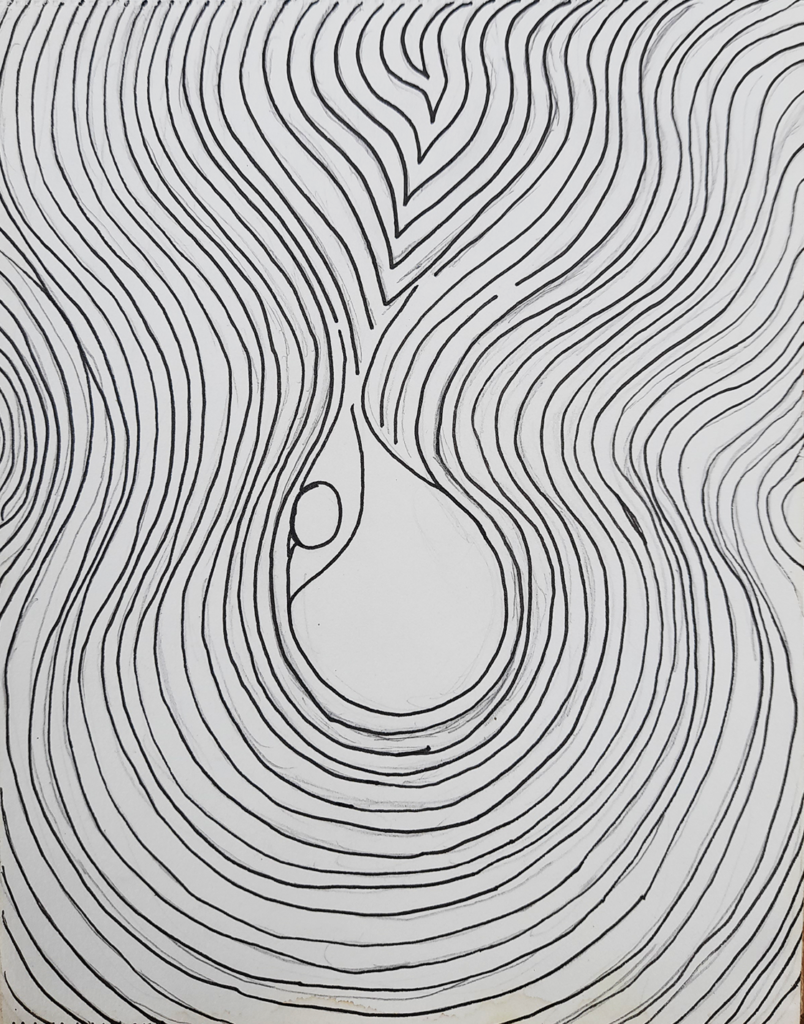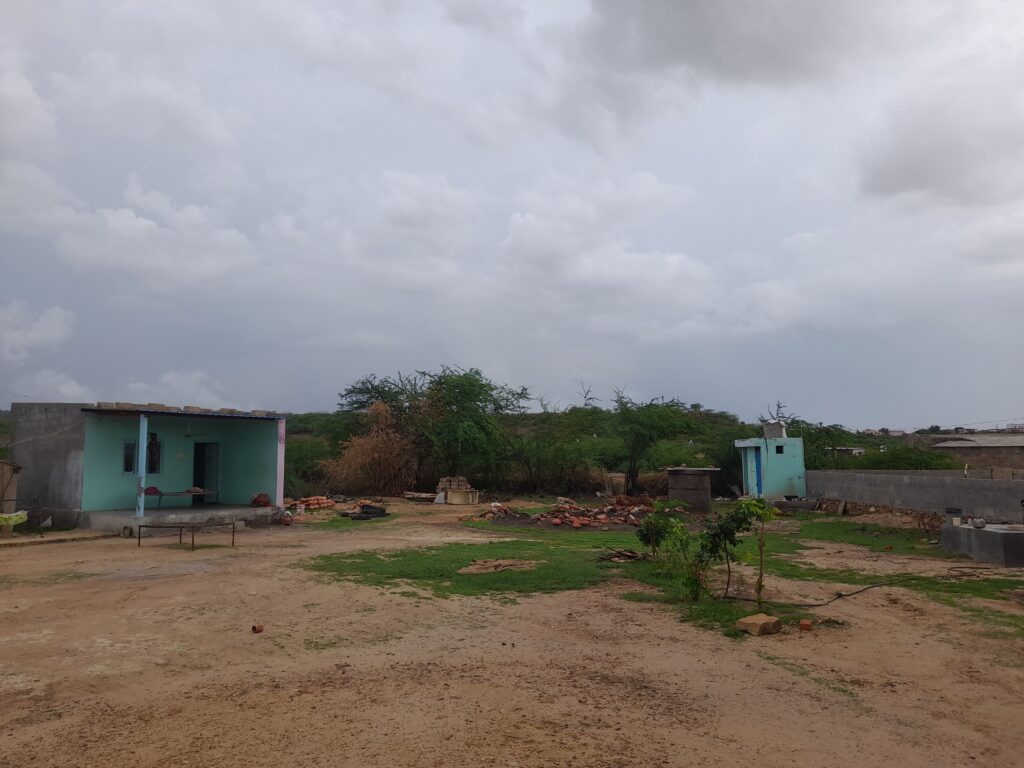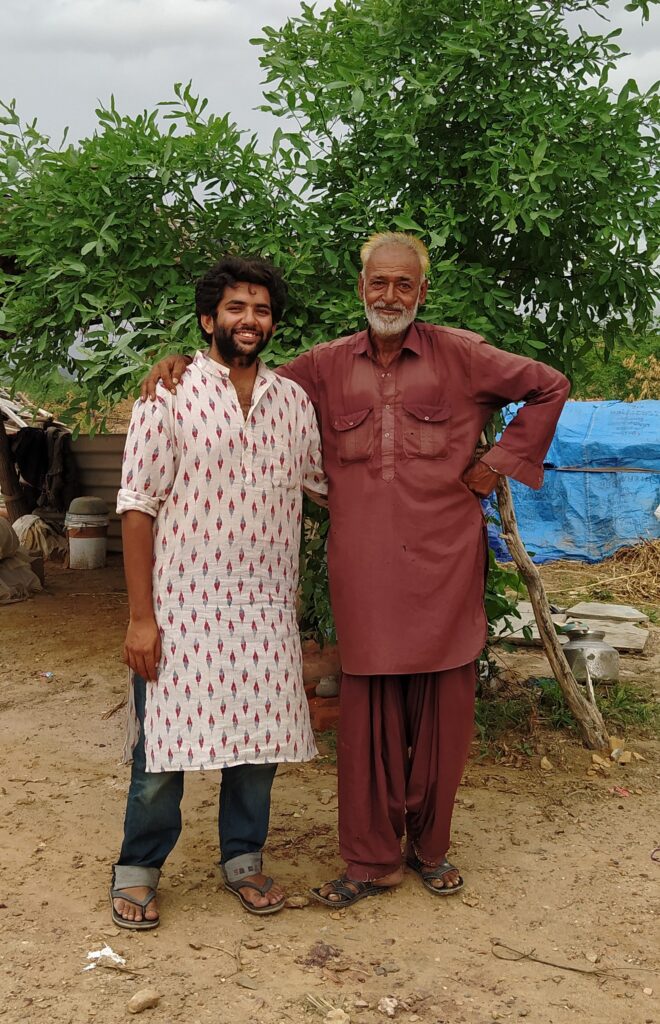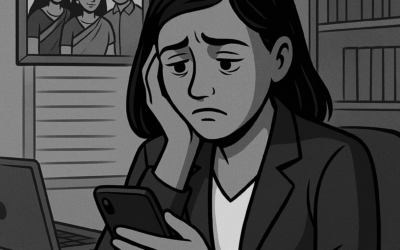Biparjoy! What do you imagine when you hear that word? A festival celebrated somewhere in the eastern part of India? A town in Scandinavia? Or an overpriced knockoff chocolate? To me, it evokes an image of a cute little boy. However, the reality was far from all these speculations. The cyclone Biparjoy made its landfall on June 16th. We had already been feeling its effects for a few days – unexplained rains, fast winds, unreliable supply of electricity. As the cyclone came closer to the coast of Kachchh, the rain and the winds became stronger.
How Did It Feel To Be Restricted Inside The House?
The concerning phone calls had started to come in before we knew much of the cyclone. A friend was responding to a range of messages from caution and care to light hearted requests for ‘Pakode’. As the storm drew closer, the banter left our minds. We were worried about our safety.
I was fortunate to be living with a colleague, on the 2nd floor of an apartment building. Considering the warnings in advance, we stocked up on food supplies and drinking water to last us a week. Every day at the office, we could feel the winds getting stronger. What seemed like an early monsoon started to take the shape of a storm. The office premises had to be was shut down and work came to a halt. Even though we all have been through the COVID lockdown, staying at home for a few days this time again felt like being frozen in time.
The view outside, a mix of rain and winds, was ever-changing, visible to me through this one window.
Then the electricity went out, and our situation changed from an opportunity to catch up on pending work to a focused effort to conserve resources, specially phone, power bank and laptop batteries. The only functionality left enabled on phone was the ability to make calls.

It was on the second day without electricity that we realized there was no certainty when it would return. The next three days proved our assumptions right. Evenings were pitch dark after 7 PM, disorienting our sense of time. As winds intensified, sleep started to flee. It had been an hour, then two hours, three…
The windows in my room shudder with every gust of wind. I remember lying there curled up hoping and wishing that they don’t break. Thinking of one thing or the other trying to keep the mind distracted and the fear at bay.
Recalling The Pandemic
This experience drew stark parallels with the COVID lockdown — confined to my house with an imminent danger lurking outside, suffering cabin fever, feeling scared and lonely, and just waiting for the ordeal to end. We were running out of ideas about what to do during the whole day, and were slowly sinking – in the bed, in the couch and on the floor. Having said that, I was safe. I had everything I needed. The physical and financial security I enjoyed during the COVID lockdown had mirrored itself this time as well.

The walls of my house and the net of my pocket saved me then, and it saved me now. However, this experience was different. Earlier, I had only read about the crisis and seen the coverage shown by media. I was comfortably working from home, trying out new recipes, and enjoying time with my family. This time though, I knew exactly how bad the situation was and knew people who were facing its brunt.
Unlike the COVID crisis, Biparjoy brought the harsh reality closer home.
During the last 10 months, I struck a friendship with Ismail bhai. He is a potter living 40 km outside Bhuj in the village of Lodai, and was the first artisan I met when I started working with Khamir. We often invite him to conduct pottery workshops with students and guests. He commutes via one of the few buses plying on this route, and arrives ahead of time. In my initial few weeks here, he would be at the campus often and we would talk for hours over endless cups of chai. About Delhi, my hometown, the nuances of Kachchh, his favourite food and his adventures of working overseas.
Over time though, as the summer came and my work in schools increased, Ismail bhai and I met lesser. After Biparjoy, as the phone network got back, I called him to check in. He responded with pleasant greetings and affirmations while saying how the cyclone was rough to get through but things were manageable. Two weeks later, I visited him for Bakra-Eid.

The last time I had seen Ismail bhai’s house, it looked different. This time, it seemed reinforced — a wall had been fixed, and the roof was replaced after the cyclone had blown away the previous roof made with asbestos sheet. As we spoke while walking around his house, he recounted the fear he felt during the storm, the constant pouring of rain on his asbestos roof, the uncertainty of whether it would hold, and the anxiety of not knowing when the storm would pass. We celebrated Eid at his brother’s house with his family, extended family members and a lot of food.
Also read: My First Rain In Kutch
Going back to the conversation on Biparjoy, Ismail bhai told how he had called a friend who has a smartphone to know where the storm is and when would it stop. But the information was inaccurate and he had to just sit there waiting for hours in hope for the weather to calm down. It was a horrible experience for him. An emergency, something I can’t even begin to imagine!
His ordeal during the cyclone was a grim reminder of the vast disparity in our experiences during emergencies. While some seek comfort in phone calls with friends, others must seek refuge at their neighbours. The winds rage as the self indulges. The roofs fly off and the data is switched off.
The COVID lockdown and Biparjoy were both periods of great turmoil and stress, making me grateful for what I have — safety, comfort, and information. Once the cyclone came to an end, people moved on with everyday life – repairs, prayers, counting costs and losses. The self continues to indulge, in experiences, challenges and joys of life, while knowing exactly how powerless they felt and how blessed they are. It has left me a bit more aware, empathetic, and hopeful that next time I will be more equipped to help.

The illustrations are also made by the writer.




0 Comments